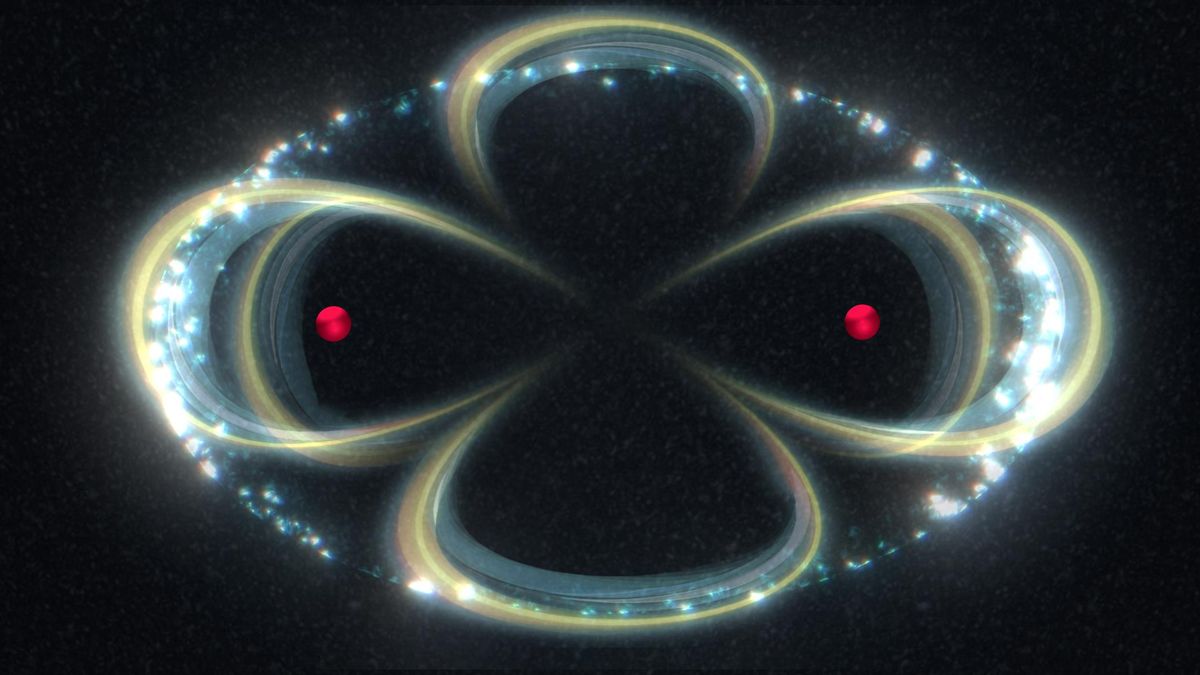Teams of researchers at Delft University of Technology in the Netherlands, Riken in Japan, and the University of New South Wales (UNSW) in Sydney have developed different quantum devices in silicon with operational fidelity greater than 99 percent. Their work was published separately in Nature on 20 January. The first two teams use the spins of two electrons to achieve their results, while the researchers in Australia use the spins of two nuclei and one electron.
Andrea Morello, professor at UNSW’s School of Electrical Engineering and Telecommunications, explains that his group achieved a 1-quantum bit (qubit) nuclear spin operation with up to 99.95 percent fidelity, and a 2-qubit operation in a 3-qubit system with up to 99.37 accuracy.
John Martinis, a professor of physics at the University of California, Santa Barbara, and the former chief architect of Google’s Sycamore quantum processor, commenting on the breakthrough, notes that a 99 percent fidelity “represents the threshold for error correction, which has been a long-term goal. Of course, the fidelity needs to be improved, but this research is an important step to show that qubits can be controlled accurately.”
“When error rates are as low as this, detecting and correcting errors can be applied successfully,” says Morello.
“This is like a doorway leading to a scalable quantum computer.”
—Andrea Morello, University of New South Wales
He adds that the advantage of using nuclei spins is that they have extremely high fidelity. “We demonstrated in 2015 that we could get 99.99 percent quantum-bit operation accuracy using nuclei spin in silicon because the nuclei don’t interact with the rest of the world.” What’s more, such isolation enabled the nuclei to preserve their quantum information for a remarkable 35 seconds—“an eternity when compared to the hundred microseconds or so obtained by the Google and IBM superconducting quantum computers,” Morello says.
However, the irony of this approach was that absolute isolation also meant the nuclei were isolated from each other and so were incapable of performing operations beyond one qubit. But now, as described in their latest paper in Nature, the researchers have overcome this obstacle by implanting two ionized phosphorous atoms into a silicon substrate and inserting an electron between them. The atoms are each minus one electron to render them positively charged and therefore capable of being accelerated.
“The electron wraps itself around the two nuclei, and we then rotate it 360 degrees using magnetic resonance—a common technique—to impart a minus sign to the state of the nuclei upon which the electron rotation is conditioned,” says Morello. In practical terms, this electron rotation causes the spin of the second nucleus to rotate if the first nucleus is pointing down. But should the first nucleus be pointing up, the second nucleus doesn’t move. (See the video below for details.)
Quantum operations with 99% fidelity – the key to practical quantum computerswww.youtube.com
This constitutes a 2-qubit logic operation that together with the addition of the 1-qubit logic operation “gives us what is called a universal gate set,” says Morello. “This means any computable function can now be created using a sequence of these operations.”
To measure the fidelity of the qubits, the researchers used a technique developed at Sandia National Laboratories in Albuquerque called gate set tomography (GST). GST takes a variety of measurements and then synthesizes the results to produce a high-resolution picture of the logic gates, which, in the case of the UNSW qubits, proved the operational accuracy of their error rates.
In addition to producing universal nuclear operations with 99 percent-plus fidelity, Morello says rotating the electron can also be used to create an entangled state of all three qubits. This is important because the electron can then be entangled with other electrons, which themselves can entangle their own nuclei, something that can be repeated over and over. “So this is like a doorway leading to a scalable quantum computer,” says Morello.
“To build a complex quantum system, you have to scale up the number of qubits, and show you can turn on and off the various qubit-qubit interactions and still keep the accuracy of the quantum gates,” says Martinis. “Building such a complex system is the next step.”
Morello acknowledges the challenges that lie ahead. He points out that to build a completely error-protected logical qubit that can encode one quantum bit of information will require an additional few thousand quantum bits connected together in such a way that whenever an error occurs (for instance, the accidental rotation of one of the spins), the error can be detected and corrected. Nevertheless, he adds that such a task may not be as daunting as first appears. He has been involved in research carried out at the University of Melbourne, in Australia, that has perfected a technique using a stencil or movable mask and an atomic force microscope to embed single atoms in a silicon substrate one at a time with high accuracy that can be used to create a qubit microprocessor. The work was published last October in Advanced Materials.
“This technique will enable us to make large arrays of atoms in regular positions, similar to transistors in conventional semiconductors,” says Morello. In other words, although he agrees that there is much more work to do, he believes that all the pieces of the puzzle needed to create a reliable, scalable universal quantum computer are now in place.
- How Much Has Quantum Computing Actually Advanced? - IEEE ... ›
- Error-Free Quantum Computing Made Possible in New Experiment ... ›
- How To Build A Fault-Tolerant Superconducting Quantum Computer - IEEE Spectrum ›
- How to Build a Fault-Tolerant Quantum Computer - IEEE Spectrum ›



